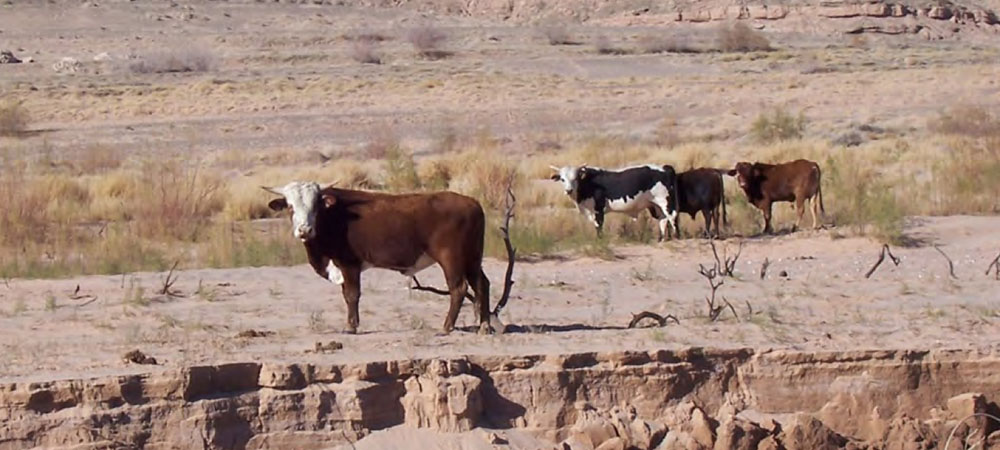Today, a Judge ordered that Cliven Bundy be held pending trial. In the request to hold Bundy, the prosecutor, Charles Groder, wrote: Bundy is lawless and violent. He does not recognize federal courts – claiming they are illegitimate – does not recognize federal law, refuses to obey federal court orders, has already used force and […]

